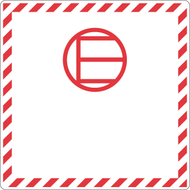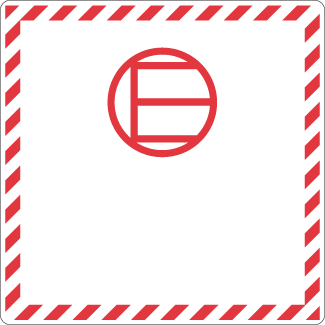Exceptions to the Rules - Excepted Quantities
22nd Jun 2014
Exceptions to the Rules – Do you know what they are? And how to use them?
During our last session we were lucky enough to get through the Limited Quantities. At this writing, we’ll focus on Excepted Quantities.
Keep in mind we’re using The IMDG Code (Transport by Ocean), IATA (Transport by Air), and 49CFR primarily used for Transport by Ground, but it is our American Law and governs all modes of transport.
None of the aforementioned regulations provide us with a definition of an Excepted Quantity. Columbia University describe them this way,
- Excepted Quantity – Certain dangerous goods, when shipped in very small quantities, and when packaged in user-tested packaging configurations, are subject to less stringent regulations. In certain cases the package may be exempt from most marking, packaging and labeling requirements of the hazard class.
Key words here being very small quantities, package, and exempt. But how do we know if we can take advantage of this Small Quantity Exception? Both The IMDG Code and The IATA Regulations have identical user friendly Tables with Codes that authorize certain quantities which are based on quantity, class, and packing group.
| Code | Maximum Quantity (inner package) | Maximum Quantity per outer package |
| E0 | Not permitted | Not permitted |
| E1 | 30g / 30ml | 1Kg / 1L |
| E2 | 30g / 30ml | 500g / 500ml |
| E3 | 30g / 30ml | 300g / 300ml |
| E4 | 1g / 1ml | 500g / 500ml |
| E5 | 1g / 1ml | 300g / 300ml |
In the IATA Regulations, if you looked at Column F in the Blue Pages, Column 7b in the IMDG, there is a number from zero to five which correlates to the respective tables. Section 2.6 in IATA, Section 3.5 in the IMDG. A “0” indicates an Excepted Quantity shipment is not authorized. Codes E1 – E5 authorize the shipment, but limits the quantities.
In 49CFR, well that’s another story. You will not find Excepted Quantities in the Hazardous Materials Table. You will not find Excepted Quantities in Column 8a (Titled Exceptions) of the Hazardous Materials Table, Section 172.101. You will not find Excepted Quantities in any of the referenced sections in Column 8a. Instead, through osmosis or telepathy, we’re supposed to know the Excepted Quantity exception is in Section 173.4a. Upon arrival in Section 173.4a, we find the requirements are similar to IATA and the IMDG, but there’s no easy to use – easy to understand table. All the requirements are written – spelled out.
The Package consists of an Inner Packaging, an Intermediate Packaging, and an Outer Packaging. The Inner Packaging must be made of Plastic, Glass, Porcelain, Stoneware, Earthenware, or Metal. The Inner Packaging must also be leak-proof and have a secondary closures. You then put the Inner Packaging into an Intermediate Packaging which has to have enough cushioning and absorbent material to soak up the whole thing if it was to break or leak. Lastly, we place both the Inner and Intermediate Packagings into an Outer Packaging. Although the Outer Packaging does not have to be UN Approved, it does have to be drop tested and stack tested.
The package must be Marked with a label as shown here. On the Label, we are required to show the Primary Class and the Shipper or Consignee. Although a Shipper’s Declaration for Air or Ground is not required, for transport by Air, we must include on the Airway Bill, “Dangerous Goods in Excepted Quantities” and include the number of packages. For transport by Ocean, a Shipper’s Dec is required J with the same description, “Dangerous Goods in Excepted Quantities.”
DGI Training



